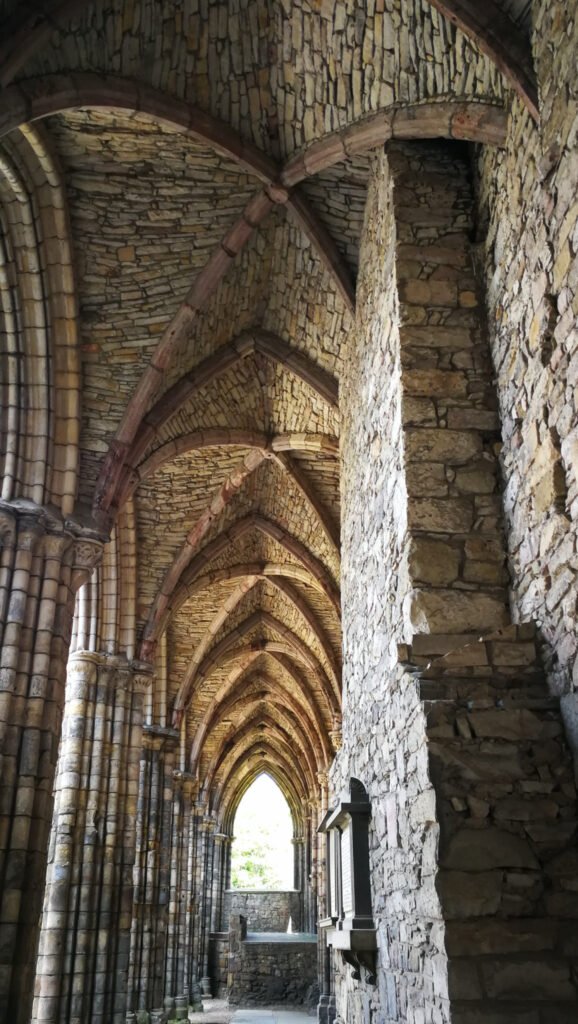At the end of a mile-long avenue, you’ll find it.






Holyrood Palace wasn’t originally a royal residence. In 1128, Scottish King David I built Holyrood Abbey here for the Augustine monks. In 1501, James IV began constructing Holyrood Palace next to the abbey for himself and his new queen, Margaret Tudor. The palace was later destroyed during the civil wars but was rebuilt in 1671 after Charles II restored the throne. What we see today is this 17th-century structure. Some say its history is Scotland’s history; it’s a biography written in stone and a witness to Scotland’s past.

This palace is most famous for being the residence of Mary, Queen of Scots. Holyrood Palace houses Scotland’s finest artifacts and also features the Queen’s Gallery. The Great Gallery displays 89 portraits by Jacob de Wet, depicting Scottish kings. Once a national dining hall, it is now used for investitures and official receptions. The Throne Room is where formal luncheons are held when new members of the Order of the Thistle are appointed.
Mary, Queen of Scots’ chambers remain as they were during her lifetime. It was in these rooms that her second husband, Lord Darnley, suspicious of her relationship with her secretary, led his men into the room during dinner and forcibly dragged the secretary to a nearby room where they brutally murdered him.
In the 1920s, Holyrood Palace was officially designated as the Queen’s official residence in Scotland and became a venue for regular royal ceremonies and events. During Queen Elizabeth II’s reign, the palace served as her summer retreat, where she returned annually and occasionally hosted state events. Following her passing in 2022, her coffin was brought to Holyrood Palace on September 11th, where it rested for 24 hours before being moved to St. Giles’ Cathedral nearby.
The Ruins of Holyrood Abbey at Holyrood Palace





